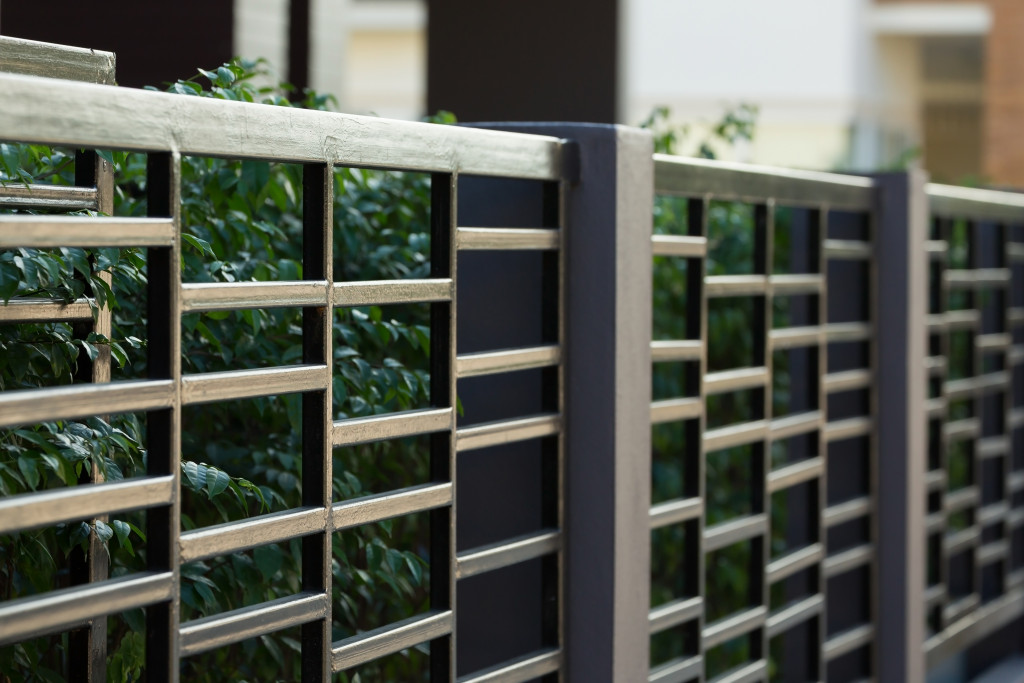Moving to a new home is exciting, but it can also be stressful for your furry friends. Here are six tips to help ensure your pet stays safe and happy throughout the transition.
1. Create a designated space for your pet.
When you first move in, everything will be in disarray. To help your pet feel comfortable and safe, create a small space that will be just for them. This could be a corner of a room with their bed, food, toys, and water bowl. Keep this area clear of any moving boxes or other hazards.
To help your pet acclimatize, bring along a few items from their old home. Their favorite blanket or toy will help them feel more at ease in their new surroundings.
Finally, remember that an open door is an invitation for your pet to explore. During the move and for a few days afterward, keep all doors and windows closed—even if it means cranking up the AC.
2. Update your pet’s ID tags.
Make sure your pet’s collar or harness has updated ID tags with your new address and phone number. If they happen to get lost, this will increase the chances of them being returned to you safely.
If your pet doesn’t already have a microchip, now is an excellent time to get one implanted. That way, if they do escape and their collar comes off, you can still be contacted. For instance, pet recovery databases can help connect lost pets with their owners.
Moreover, be sure to register your new address with your local animal control. That way, they’ll know where to find you in case your pet gets picked up.
3. Install gates in the vicinity.
If you have a yard, it’s essential to put up quality Trex gates to keep your pet from wandering off. Check the gates regularly to make sure they’re secure and can’t be pushed open by an adventurous pet. You may also want to consider installing a fence—just make sure it’s high enough that your pet can’t jump over it.
If you’re living in an apartment or condo, keep your pet leashed when you take them outside. And be sure to bring them back inside immediately after potty time—you don’t want them getting lost in the complex.
And regardless if you have an indoor or outdoor pet, make sure they are spayed or neutered, so they don’t feel the urge to run away in search of a mate.

4. Get to know the neighborhood—together.
Once you’ve settled into your new home, take some time to explore the neighborhood with your pet. This will help them familiarize themselves with the sights, sounds, and smells of their new surroundings—and it’ll give you a chance to meet your new neighbors too!
When taking your pet for walks, avoid busy streets and areas with a lot of foot traffic. Instead, stick to quiet residential side streets or nature trails. And always keep them on a leash—even if they’re good at staying close by.
If you have a dog, there are likely some local parks where they can run off-leash. Just be sure to read the signs carefully, so you know the rules. For example, some parks only allow specific breeds or require dogs to be on a leash at all times.
5. Be cautious with plants and flowers.
Many common household plants and flowers can be toxic to pets if ingested. Keep an eye on your pet when they’re outside, and consider keeping potentially hazardous plants out of reach.
Some common poisonous plants include lilies, tulips, azaleas, rhododendrons, oleander, sago palms, and yew. If you’re unsure about a plant’s safety, research it online or ask a local nursery.
In addition, be cautious with fertilizers, pesticides, and other chemicals you may use in your new home. Store them safely out of reach, and always follow the manufacturer’s instructions.
6. Introduce them slowly to the rest of the family.
If you have other pets in your home, take things slowly at first and let everyone get comfortable with each other before giving everyone free rein in the house. The same goes for young children—introduce them gradually so that everyone can adjust to the new family dynamic at their own pace.
Whenever possible, supervise interactions between young children and pets. This will help prevent accidental injuries and give your pet a chance to get accustomed to the new situation in their own time.
Last but not least, make sure everyone in the family knows the rules for interacting with your pet. For instance, everyone should know not to disturb them when they’re eating or sleeping. And everyone should be aware of any potential allergies or sensitivities your pet may have.
Ensuring that your pet is safe in your new home doesn’t have to be complicated. By following these simple tips, you can give them the happy, carefree life they deserve.





